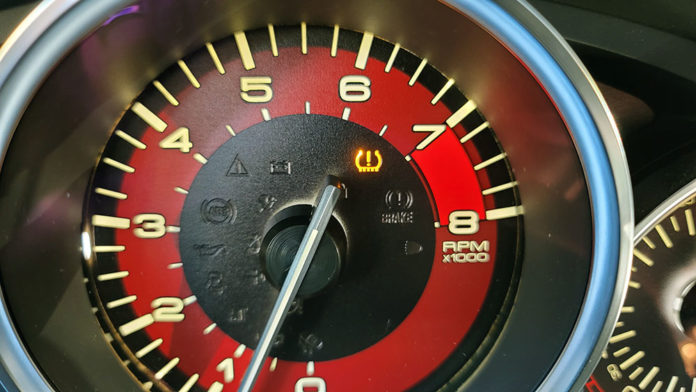When the temperature outside starts to drop, it’s important to keep an eye on your tire pressure. In cold weather, tire pressure can drop significantly as the air molecules slow down and stick together. This can lead to underinflated tires and decreased fuel efficiency. In this blog post, we’ll discuss the effects of cold weather on tire pressure and how you can check your tire pressure in winter conditions.
Many of you are looking at this because your tire alert came up. Before this happens you should take advantage and put some kind of schedule on your calendar on when to check your tire pressure. For example, if your area starts to get cold in October, put something down for a yearly check of your tire pressure.
As we know, tire pressure is extremely important. The proper tire pressure helps with:
– even tire wear
– good gas mileage
– a comfortable ride
– and stability
All of these are very important but can be easily overlooked during our daily lives. So here’s a reminder on why you should always keep an eye out on your tire pressure and how to do it!
To check your tire pressure, you will need a tire pressure gauge. You can purchase one at most auto parts stores or online. Once you have a tire pressure gauge, follow these steps:
1. Park your car in a safe place and turn off the engine.
2. Locate the valve stem on each tire. The valve stem is the small metal part on the tire that sticks out and is used to inflate or deflate the tire.
3. Remove the cap from the valve stem.
4. Press the tire pressure gauge onto the valve stem and hold it there until you hear or feel air escaping from the tire. This will give you a reading of the tire’s current pressure.
5. Compare the reading on the tire pressure gauge to the manufacturer’s recommended tire pressure for your vehicle.
6. If the tire pressure is below the manufacturer’s recommended level, use a tire inflator to add air to the tire until it reaches the proper level.
7. Replace the cap on the valve stem.
It’s important to check your tire pressure when your car has been parked for at least three hours, as driving can raise the air temperature and tire pressure.
If you don’t have a tire pressure gauge, most gas stations have one you can borrow for free. Some even have an air compressor that you can use to inflate your tires if they’re low.
Keep in mind that tire pressure can change with temperature, so it’s important to check your tire pressure regularly, especially when the weather gets cold. By following these simple steps, you can help keep your tires inflated and improve your gas mileage this winter. Stay safe on the roads!



